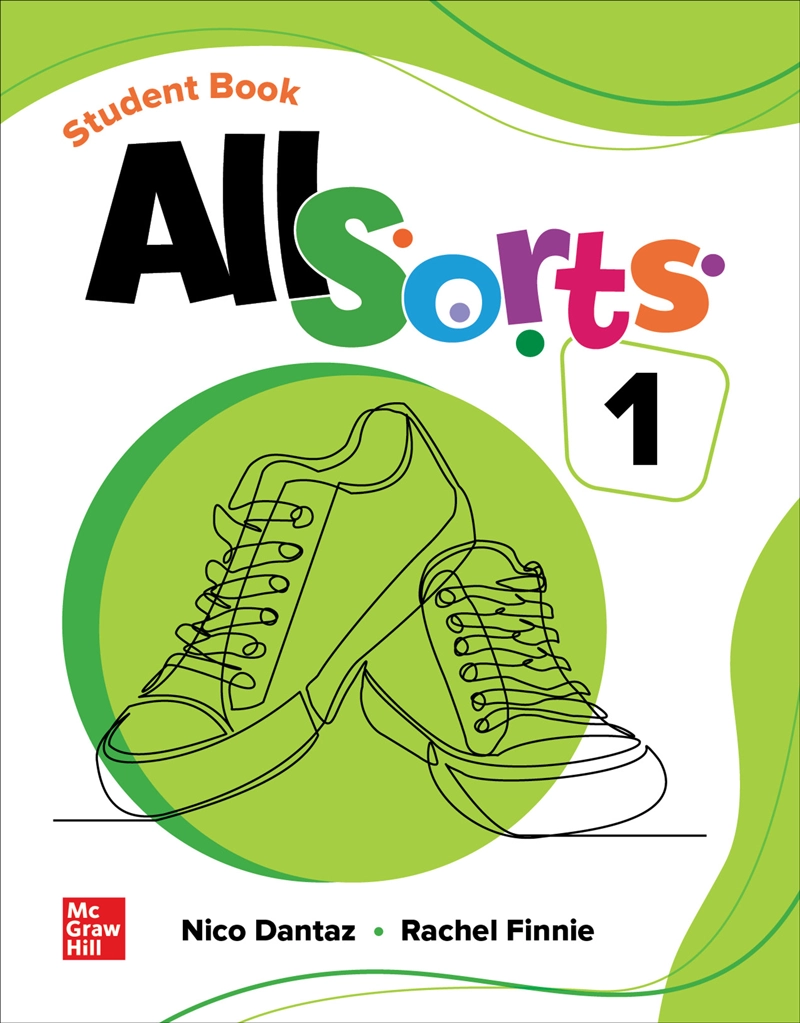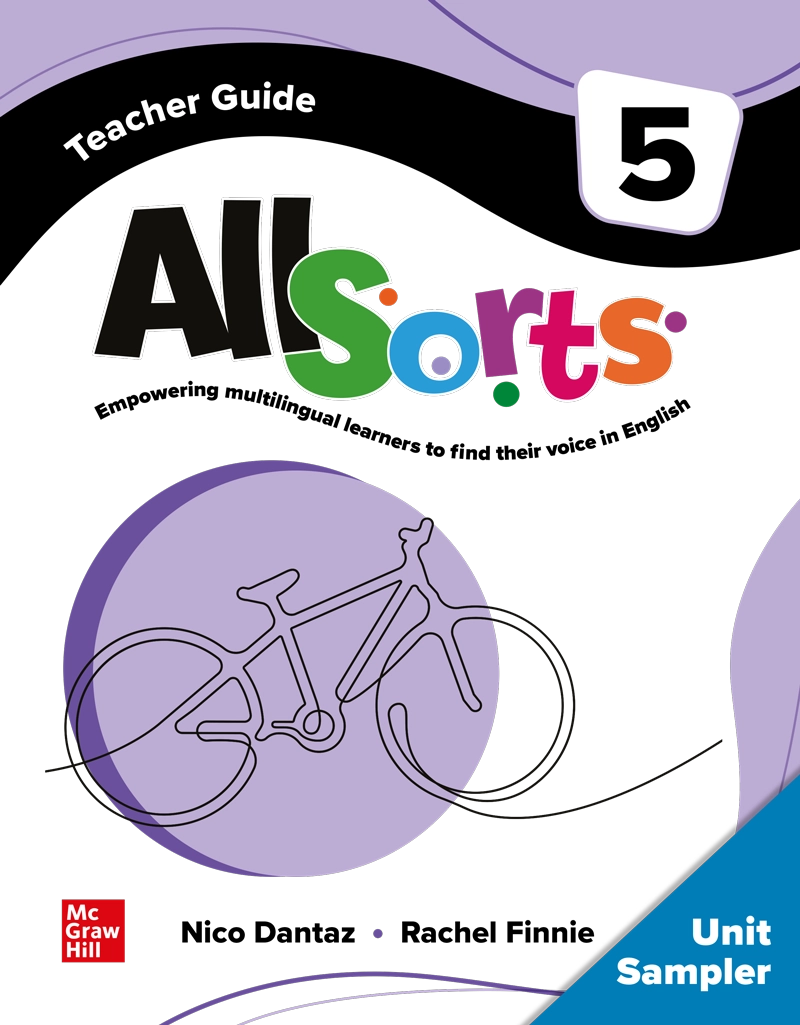Districts told us they need teacher-led instruction that includes scaffolded support for both students and teachers. They’ve found that teachers often piece disparate materials together to try to meet their students’ needs, so they want something structured with a research-based scope and sequence.
We’ve also heard from many schools that the teachers, as well as the students, were feeling overwhelmed. We aimed to offer a supplemental, teacher-directed experience that both targets the needs of MLLs but also integrates seamlessly into their core instruction.
Finally, we heard that in some parts of the country, where schools have large and growing populations of multilingual learners but don’t have a designated MLL curriculum, teachers are navigating a widely differentiated classroom with some students who are entirely new to the English language, some with a bit of experience, and some that are native speakers.
Across these districts, a sound approach to the four domains of language acquisition was a must-have. We were excited to offer All Sorts to our U.S. schools, because it has such a strong, research-based pedagogy and an emphasis on the four domains of language acquisition, or reading, writing, speaking, and listening.
Let’s talk about those domains. How does All Sorts align to what we know about the Science of Reading and evidence-based instruction for multilingual learners?
Courtney: We know that to achieve proficiency in English, students must be able to read, write, listen, and speak about a wide range of topics, which is why every unit of All Sorts features lessons dedicated to each domain as well as lessons that target multiple domains at once.
Each unit is organized around a relatable theme, so students can build their vocabulary and language skills within a mental schema.
Each lesson gives students plenty of opportunities to both hear the new language and to speak with partners and in small groups. The program balances speaking and listening with lots of interwoven reading (of fiction and nonfiction texts), and writing, so that students have expressive and receptive language opportunities that build as they progress across the levels.
While All Sorts isn’t a reading program, it reinforces crucial elements of reading through decoding, phonics, vocabulary, and comprehension. Each unit includes a word work strand that begins with letter identification, moves to phonics and decoding, and then progresses to morphology. This strand of instruction is designed to complement core ELA instruction. Students also engage with both a story and a reading lesson in every unit, building and strengthening their comprehension skills.
Research shows that language learning is gradual and requires opportunities to be exposed to new vocabulary and practice using the vocabulary to build confidence. That's why vocabulary is introduced in the context of a story gradually, across two lessons in every unit, so that teachers can provide students with direct and indirect instruction and practice opportunities.
What does All Sorts do differently to support and engage the multilingual learner student population?
Courtney: All Sorts uses active learning methodologies, a research-based practice that offers students different ways to engage and respond. You’ll see these particularly emphasized in new vocabulary and grammar lessons, where students practice first and then are asked to produce the new vocabulary or grammar in various formats. For our MLLs, having these different avenues for responses is critical to ensure they can access the learning and stay engaged. We also use games in assessment, engaging audio and video, and lots of chances to have meaningful conversations with peers. This is a supplemental program, so every moment spent with the material must count. The experience needs to be relevant to students and should motivate them to keep learning.
The structured progression of the scope and sequence is designed to build students’ confidence. Confidence is so important for our MLLs – speaking a new language requires so much bravery! The program sets students up to become more confident as English speakers with scaffolds, a variety of response types, and short, digestible exercises. It’s simply easier to engage when you're not overwhelmed with too many learning objectives at a time.




